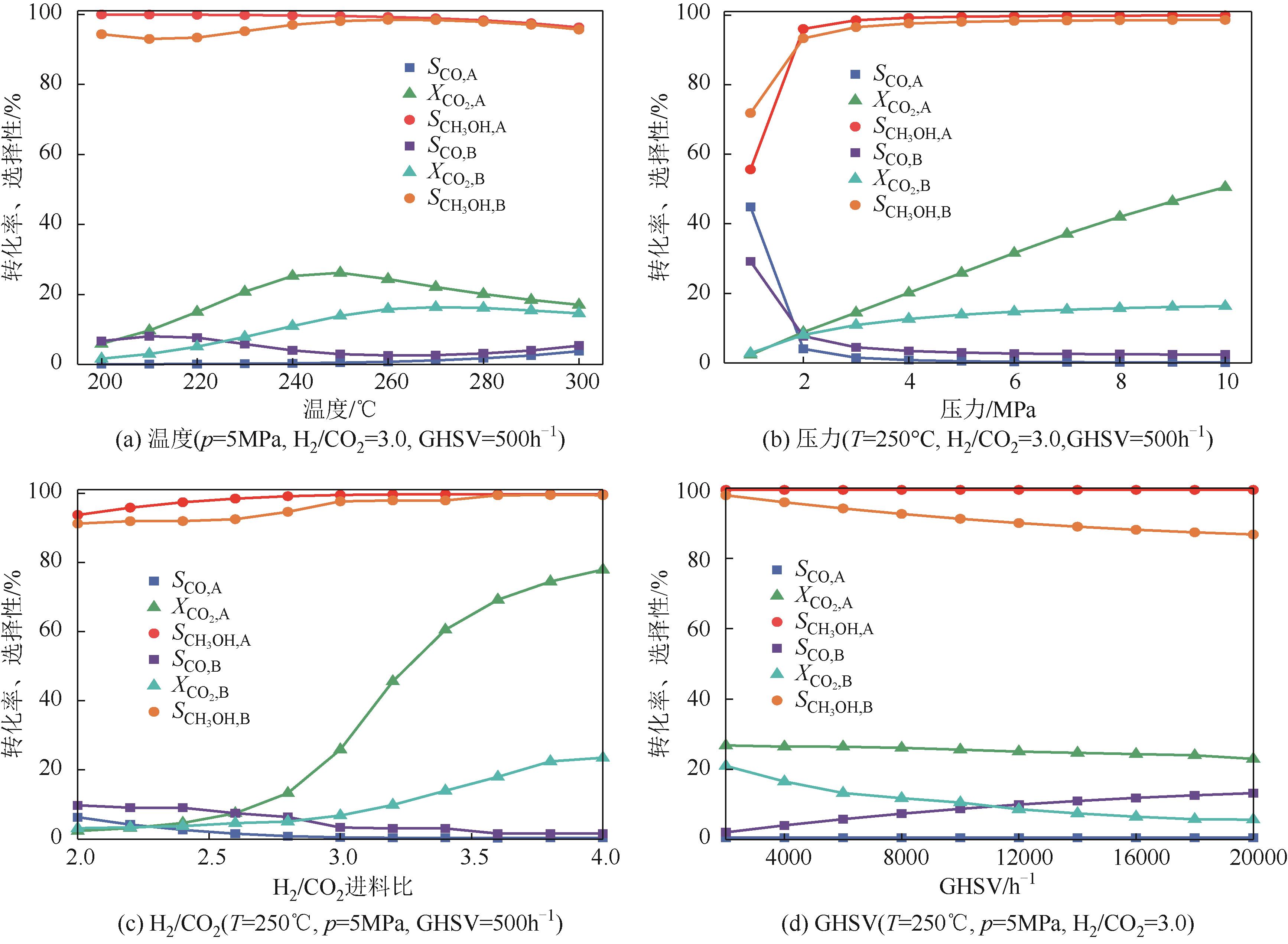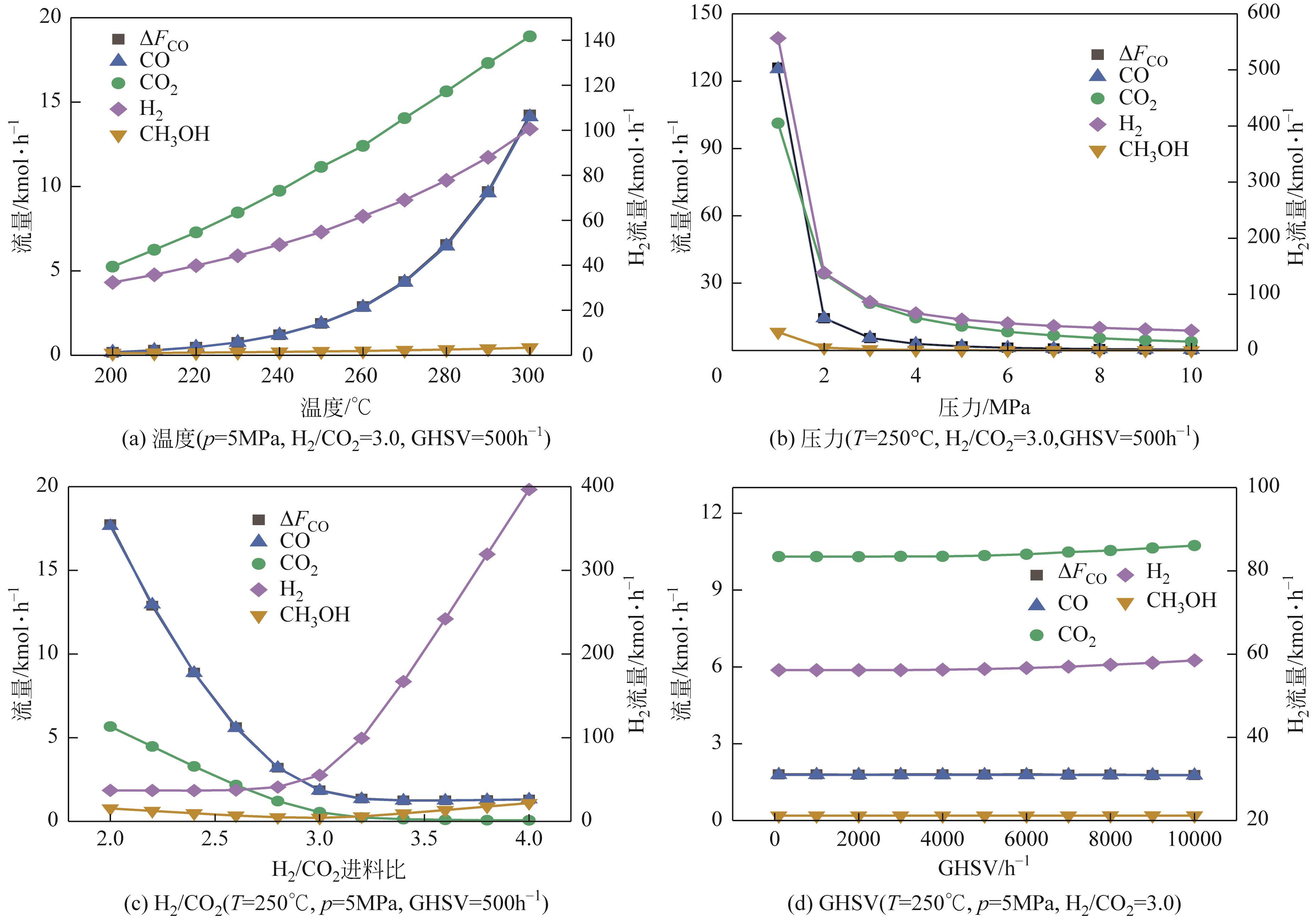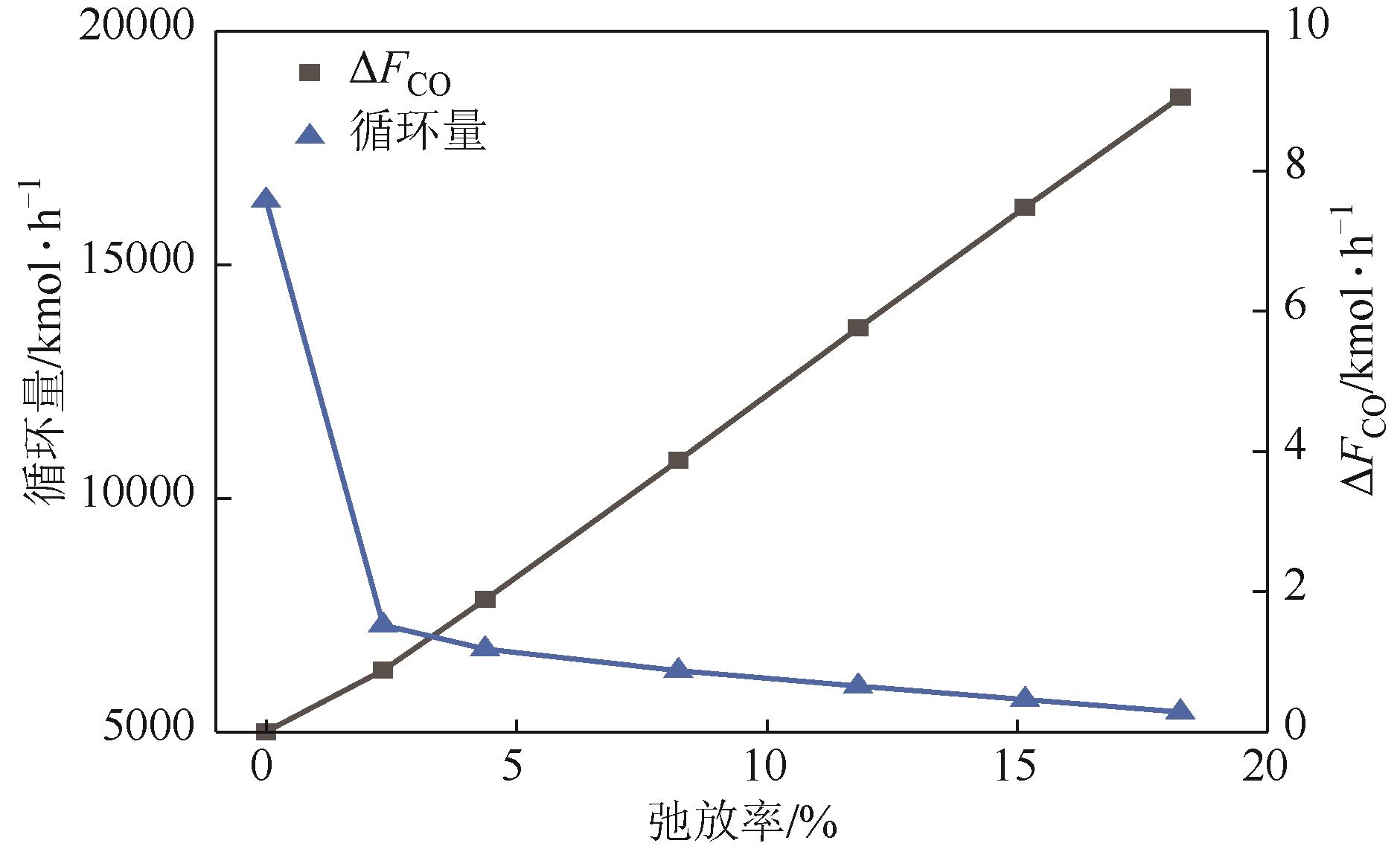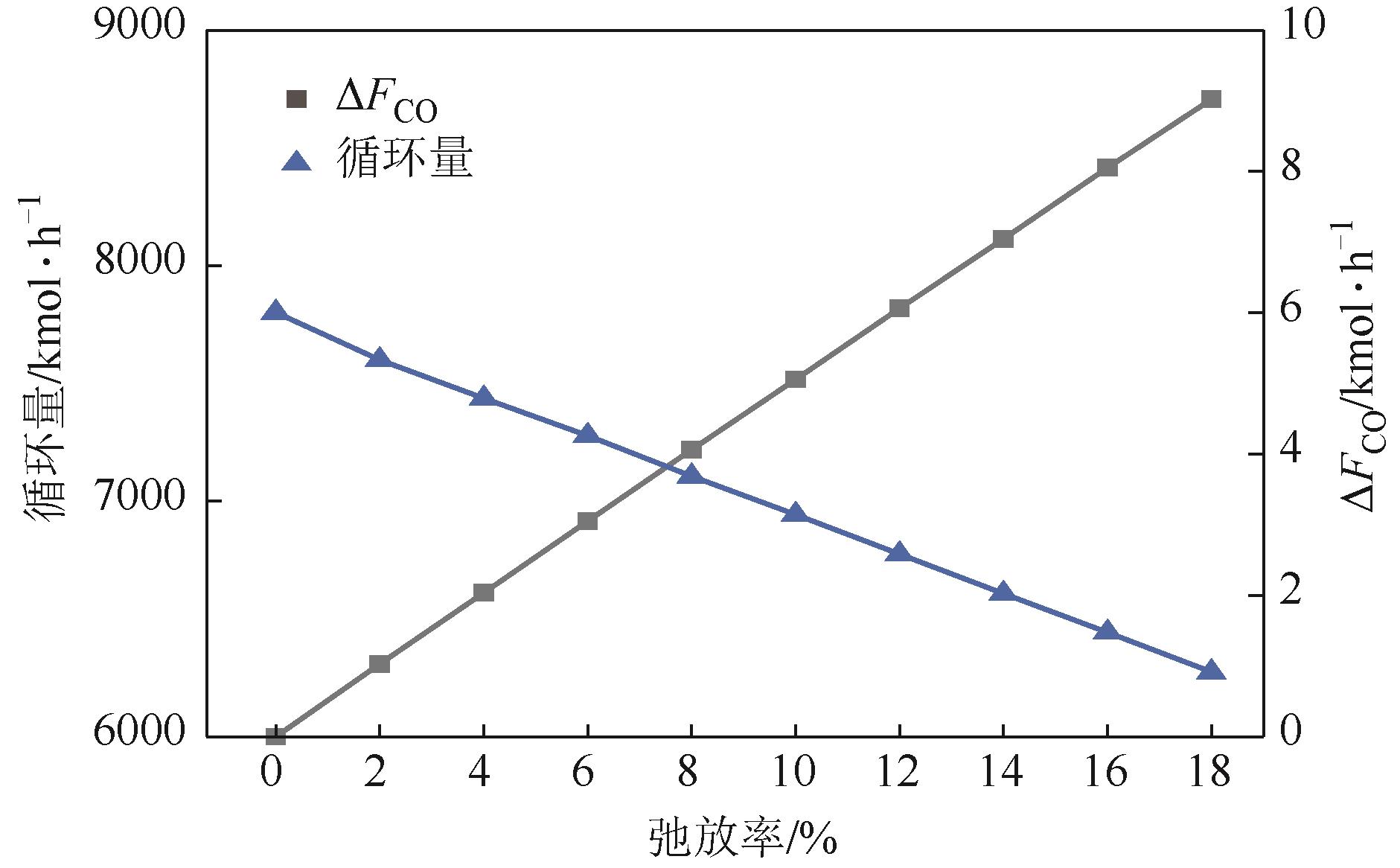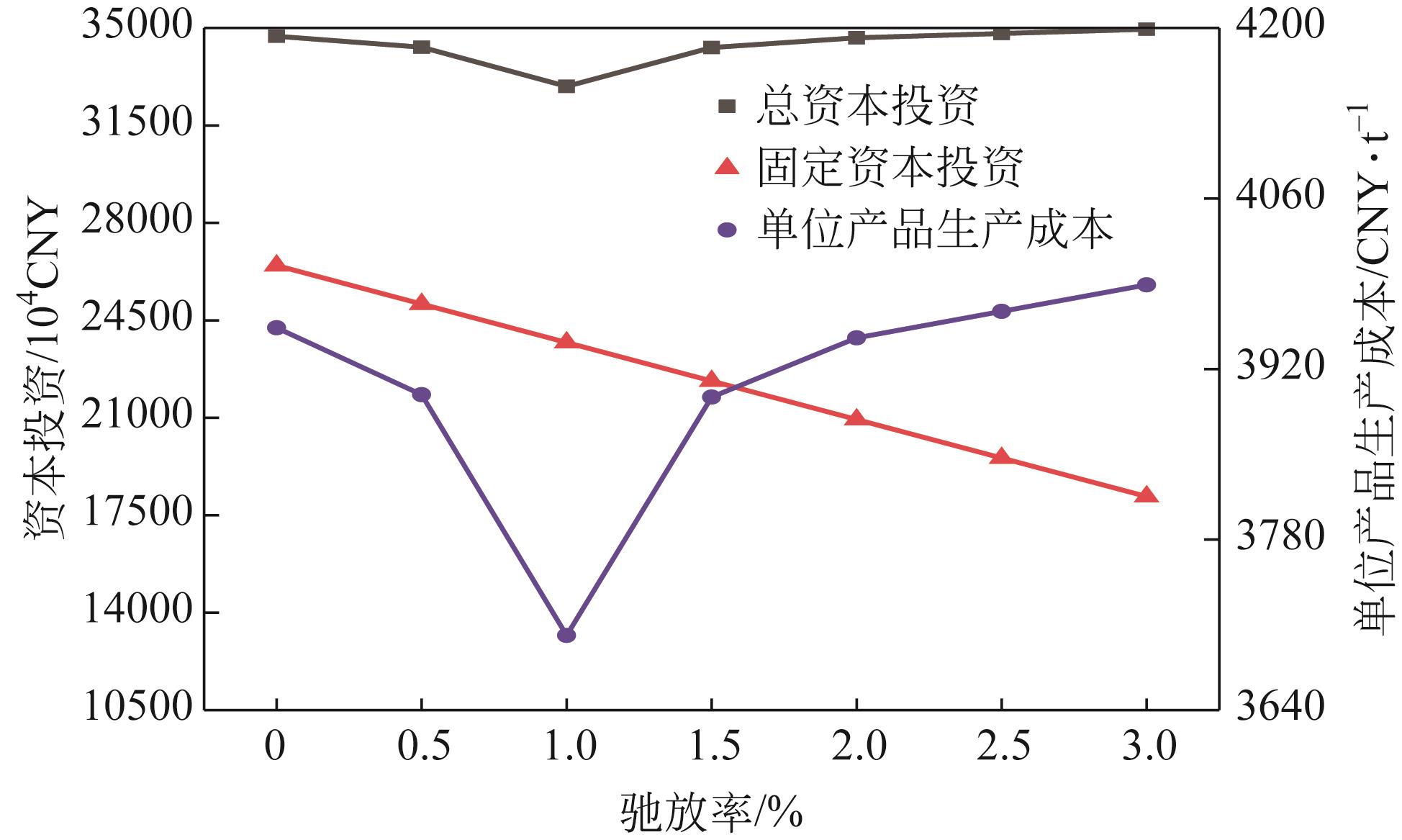| 1 |
SHIH Choon Fong, ZHANG Tao, LI Jinghai, et al. Powering the future with liquid sunshine[J]. Joule, 2018, 2(10): 1925-1949.
|
| 2 |
Oh-Shim JOO, JUNG Kwang-Deog, MOON Il, et al. Carbon dioxide hydrogenation to form methanol via a reverse-water-gas-shift reaction (the CAMERE process)[J]. Industrial & Engineering Chemistry Research, 1999, 38(5): 1808-1812.
|
| 3 |
SAEIDI Samrand, AMIN Nor Aishah Saidina, RAHIMPOUR Mohammad Reza. Hydrogenation of CO2 to value-added products — A review and potential future developments[J]. Journal of CO2 Utilization, 2014, 5: 66-81.
|
| 4 |
GALLUCCI Fausto, PATURZO Luca, BASILE Angelo. An experimental study of CO2 hydrogenation into methanol involving a zeolite membrane reactor[J]. Chemical Engineering and Processing: Process Intensification, 2004, 43(8): 1029-1036.
|
| 5 |
CHEN Guangwen, YUAN Quan. Methanol synthesis from CO2 using a silicone rubber/ceramic composite membrane reactor[J]. Separation and Purification Technology, 2004, 34(1/2/3): 227-237.
|
| 6 |
GU Yu, WANG Danfeng, CHEN Qianqian, et al. Techno-economic analysis of green methanol plant with optimal design of renewable hydrogen production: A case study in China[J]. International Journal of Hydrogen Energy, 2022, 47(8): 5085-5100.
|
| 7 |
YANG Qingchun, ZHANG Zhi, FAN Yingjie, et al. Advanced exergy analysis and optimization of a CO2 to methanol process based on rigorous modeling and simulation[J]. Fuel, 2022, 325: 124944.
|
| 8 |
ANICIC B, TROP P, GORICANEC D. Comparison between two methods of methanol production from carbon dioxide[J]. Energy, 2014, 77: 279-289.
|
| 9 |
WANG Dongliang, LI Jingwei, MENG Wenliang, et al. A near-zero carbon emission methanol production through CO2 hydrogenation integrated with renewable hydrogen: Process analysis, modification and evaluation[J]. Journal of Cleaner Production, 2023, 412: 137388.
|
| 10 |
AN Xin, ZUO Yizan, ZHANG Qiang, et al. Methanol synthesis from CO2 hydrogenation with a Cu/Zn/Al/Zr fibrous catalyst[J]. Chinese Journal of Chemical Engineering, 2009, 17(1): 88-94.
|
| 11 |
LI Hangjie, WANG Liang, GAO Xinhua, et al. Cu/ZnO/Al2O3 catalyst modulated by zirconia with enhanced performance in CO2 hydrogenation to methanol[J]. Industrial & Engineering Chemistry Research, 2022, 61(29): 10446-10454.
|
| 12 |
Hye-Won LIM, PARK Myung-June, KANG Suk-Hwan, et al. Modeling of the kinetics for methanol synthesis using Cu/ZnO/Al2O3/ZrO2 catalyst: Influence of carbon dioxide during hydrogenation[J]. Industrial & Engineering Chemistry Research, 2009, 48(23): 10448-10455.
|
| 13 |
VANDEN Bussche K M, FROMENT G F. A steady-state kinetic model for methanol synthesis and the water gas shift reaction on a commercial Cu/ZnO/Al2O3 catalyst[J]. Journal of Catalysis, 1996, 161(1): 1-10.
|
| 14 |
MIGNARD D, SAHIBZADA M, DUTHIE J M, et al. Methanol synthesis from flue-gas CO2 and renewable electricity: A feasibility study[J]. International Journal of Hydrogen Energy, 2003, 28(4): 455-464.
|
| 15 |
KISS Anton A, PRAGT J J, VOS H J, et al. Novel efficient process for methanol synthesis by CO2 hydrogenation[J]. Chemical Engineering Journal, 2016, 284: 260-269.
|
| 16 |
VAN-DAL Éverton Simões, BOUALLOU Chakib. Design and simulation of a methanol production plant from CO2 hydrogenation[J]. Journal of Cleaner Production, 2013, 57: 38-45.
|
| 17 |
王东亮, 孟文亮, 杨勇, 等. 热泵耦合甲醇多效精馏节能新工艺[J]. 化工进展, 2020, 39(9): 3550-3555.
|
|
WANG Dongliang, MENG Wenliang, YANG Yong, et al. A novel methanol distillation process combining heat pump and multi-effect process[J]. Chemical Industry and Engineering Progress, 2020, 39(9): 3550-3555.
|
| 18 |
WANG Dongliang, LI Jingwei, MENG Wenliang, et al. Integrated process for producing glycolic acid from carbon dioxide capture coupling green hydrogen[J]. Processes, 2022, 10(8): 1610.
|
 ), LI Jingwei1, MENG Wenliang1, YANG Yong1,2, ZHOU Huairong1,2, FAN Zongliang1,2
), LI Jingwei1, MENG Wenliang1, YANG Yong1,2, ZHOU Huairong1,2, FAN Zongliang1,2
 ), 李婧玮1, 孟文亮1, 杨勇1,2, 周怀荣1,2, 范宗良1,2
), 李婧玮1, 孟文亮1, 杨勇1,2, 周怀荣1,2, 范宗良1,2

